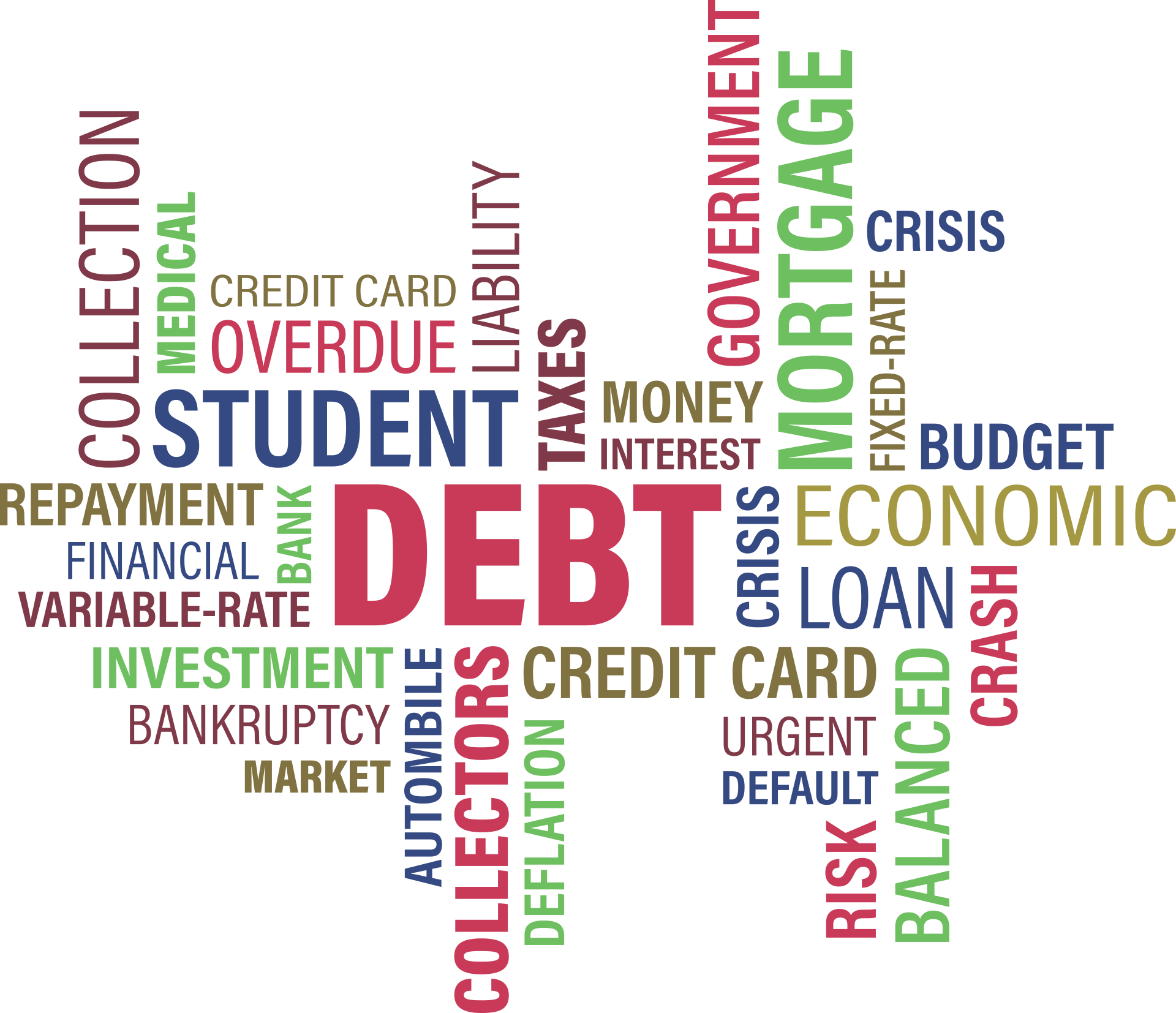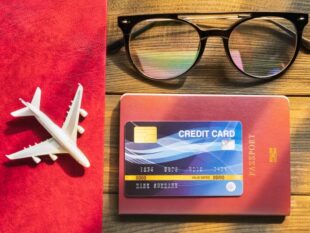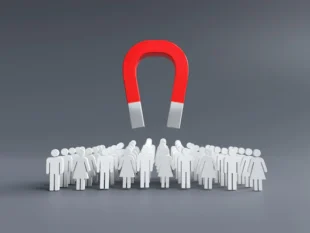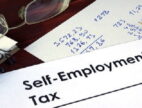The In-depth Guide to Paying off Debt
by Arina Smith Finance 26 May 2018

Debt can be incredibly debilitating and scary, looming over your head and never seeming to disappear. But it is possible to pay off your debt, regain your credit score and live a more financially comfortable lifestyle. To do so, you need to take a structured approach to paying off your debt.
There are multiple strategies that you can use to minimize the overall cost of your debt but to pay it all of it might take many months of years as well as personal sacrifices. It can take time to figure out the details of all of your loans, as well as fighting for lower interest rates and reducing your outgoings to increase the speed at which you can pay the principle down.
List Out Your Debts :
The first step is the easiest but also can perhaps take the most time depending on the work that you’ve done before. Before you can create a strategy to pay down your debts you need to understand what the obligations are and how much is owed for each as well as the interest rate and any other important details.
While you can do this with a pen and paper, it would be wise to use a spreadsheet tool like Microsoft Excel, Google Sheets or Apple Numbers. These spreadsheet applications allow you to more easily add and subtract numbers so that you can keep an interactive sheet that you can adjust each month to reflect your current financial situation.
Cornerstone Support suggests, ‘In addition to looking at the documents that you have, it’s also worth looking at a credit report which could list out some debt that you had forgotten about or didn’t remember at first.”
Lower Your Interest Rates :
Before you start paying off the debt, you want to minimize the amount of interest that you are paying on those loans. If you have credit card debt, you may be able to apply for lower interest cards and transfer the debt across to minimize what you are paying.
Similarly, you could look into consolidation loans which are when you take out a single loan to cover all of your existing debt obligations. Not only does this sometimes make it simpler to understand, but it can also reduce your overall interest rate by wiping out the high-interest debt that you hold.
Create a Plan to Payoff Your Debt :
Once you’ve done everything that you can to reduce your interest rates and you have a clear outline of what debt you owe, you can create a plan to start paying off the debt. There are multiple methods that you can use to do so, but the avalanche method is the most preferable for most.
To pay off your debt you must create a detailed plan to look at the overall interest payments that you will need to pay for the next year. Once you have done this, you can sum the interest for each month to check if you will have enough money incoming to pay the interest payments, at which point you’ll know how much you have left over to pay down the principle.
If you don’t believe that you’ll be able to meet your interest payments, you should contact a credit counseling agency or a bankruptcy firm for advice. Alternatively, you will need to look for options to increase the money you are earning or decrease what you are spending.
Avalanche Method :
The avalanche method is a very popular debt payment plan which relies on the idea that mathematically it’s almost always best to pay off the highest interest loans first, even if they are the smallest. By doing so you will reduce the interest payments you need to make monthly and therefore will be able to pay down the principles on other loans quicker.
To do this method, you should first pay all of your obligated interest payments and then with any leftover money you should pay down the principle of the highest interest loan. The highest interest loans are typically payday loans, credit cards or high-rate auto loans. Then, continue to work your way downwards until lastly, you pay off the lowest interest loan.
Reducing Your Outgoings :
Achieving this isn’t going to be easy, it can take time, and it might be very stressful. Ideally, you should look for ways to increase the amount of money that you’re earning and the reduce the amount you spend. This might mean eating at home instead of at restaurants, buying cheaper groceries, walking to work instead of driving and cutting your cable television.
Read Also :







































































































